Top stallions that have a lasting impact on the show horse industry are few and far between. However, stallions, in general, can often feel like they are a dime a dozen. Many breeders are currently making plans for their current foal crop and one of the most frequently asked questions is, “What do you think of this colt? I’m considering keeping him a stallion.” Such questions are often met with backlash, praise, or a wide range of miscellaneous advice for determining whether a colt actually has stallion potential.
We decided to take the debate to the experts who have been selecting and standing top industry stallions for decades. We spoke with Kim Dean (The Breeding Barn), Amy Gumz (Gumz Farms), Ken Masterson (Masterson Farms, LLC), and Debbi Trubee (North Farm) to get the scoop on what makes a quality stallion prospect.
In Part 1 of this two-part series, our esteemed experts discuss the importance of pedigree, movement, and temperament when choosing a stallion candidate.
Pedigree

Is your colt exceptionally bred, and what is he bred for?
While it’s often said, “you can’t ride the papers,” all of our experts believe the papers play a big role in predicting the potential for a stallion at a young age. Specifically, the early decision of whether to leave a colt intact is often made based on his “pedigree potential,” which includes consideration of: (1) what discipline he is bred for, (2) what temperament he is likely to have, (3) whether his sire is in demand, and, perhaps, most importantly, (4) whether his dam-line is as high quality as his sire’s.
Ken Masterson believes that evaluating the pedigree is a “threshold question” in determining whether a colt has stallion potential. He says, “More than likely, the paternal side will be a recognized sire with a well-known bloodline. The maternal side is, if anything, even more important, given the ever-narrowing genetic pool for show horses. If the mare line is well-regarded and represents a proven outcross, that’s a significant plus for me. Obviously, the more popular the bloodlines are in a prospect’s pedigree, the better.”
 Debbi Trubee expands on that, saying that the dam line is an “essential consideration” when evaluating a colt’s stallion potential. It is not enough, in her mind, for him to be sired by a top stallion. He must also be out of a phenomenal dam. Specifically, she looks to see whether the dam is a proven producer. She wants to see a mare that has “produced multiple successful show horses and is closely related to multiple successful show horses on the top and bottom of her pedigree.” If the dam is not noteworthy in Trubee’s mind, her policy is to geld the resulting foal.
Debbi Trubee expands on that, saying that the dam line is an “essential consideration” when evaluating a colt’s stallion potential. It is not enough, in her mind, for him to be sired by a top stallion. He must also be out of a phenomenal dam. Specifically, she looks to see whether the dam is a proven producer. She wants to see a mare that has “produced multiple successful show horses and is closely related to multiple successful show horses on the top and bottom of her pedigree.” If the dam is not noteworthy in Trubee’s mind, her policy is to geld the resulting foal.
Amy Gumz couldn’t agree more with this assessment, saying, “I don’t know that I could consider a colt as a potential breeding animal without a strong producing mother and dam-line. So often, people consider the sire as the most important pedigree component. Still, in my opinion, a stallion will seldom make an impact as a sire without great bottom-side breeding.”
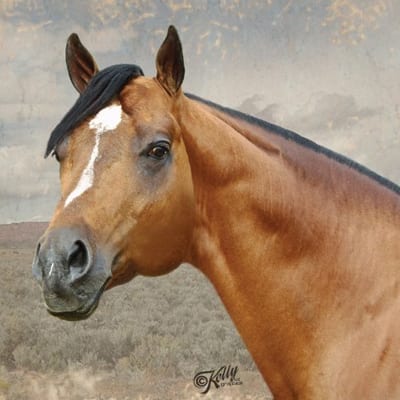 Kim Dean adds, “If the stud is doing well in the show pen early in his career, and his dam has a great show and produce record in her own right, it makes it very easy to market him as a breeding horse.” Again, she reiterates that a proven sire is often a given, but the dam-line is what makes a pedigree stand out and tends to be a greater indicator of a colt’s potential for future show and breeding success.
Kim Dean adds, “If the stud is doing well in the show pen early in his career, and his dam has a great show and produce record in her own right, it makes it very easy to market him as a breeding horse.” Again, she reiterates that a proven sire is often a given, but the dam-line is what makes a pedigree stand out and tends to be a greater indicator of a colt’s potential for future show and breeding success.
A lot of maturing must occur before one can be certain a colt is “stallion worthy.” However, all of our experts agree that an exceptional pedigree is one of the first factors to consider when evaluating whether to keep an eye on the colt’s progress or literally “cut to the chase” and geld.
Movement
Does your colt have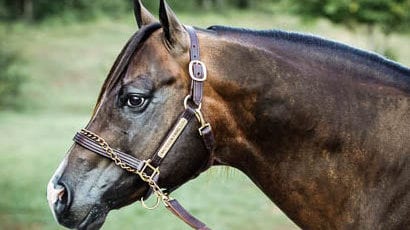 world-caliber movement for his intended discipline?
world-caliber movement for his intended discipline?
Movement can be difficult to assess on a young horse, especially if you expect them to compete as a seasoned show horse. “For a weanling or yearling to be a genuine stallion prospect, it will have to be a simply spectacular mover,” Masterson emphasizes. “All the things you look for in evaluating any prospect’s movement are the same—just lots more of it—everything from flow, to rhythm, to lift, to cadence. When you watch the colt moving, you should be unable to take your eyes off of him. Anything short of that should disqualify the horse from serious consideration as a stallion prospect.”
To help evaluate a foal’s true movement, Trubee advises that you “watch them interact with other babies and not when you’re chasing them. A phenomenal mover can still look like a llama when being chased.” Instead, “Watch them regularly in their own element, while loping across the field to a friend, or jogging after their mother. That’s when you see their natural, relaxed movement.”
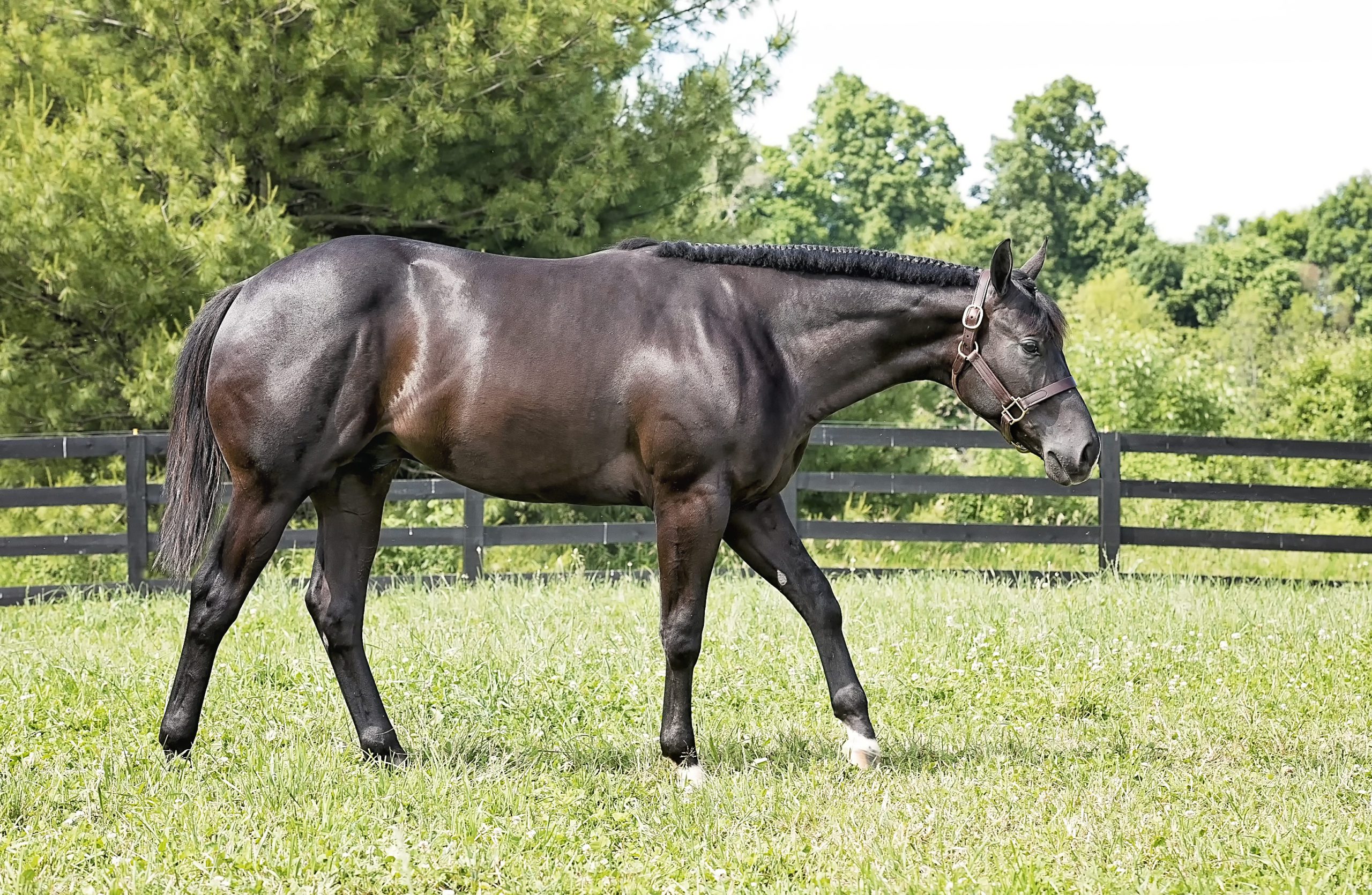
While the colt’s natural self-carriage is very important, Trubee makes it a point to focus on their legs when evaluating movement because “those are less likely to change much with training.” As long as the horse is conformationally correct, the performance headset will come with training.
Dean agrees that a colt must be an exceptional mover from the beginning, but she finds that their quality of movement becomes most clear early in their two-year-old year. Therefore, she reminds those considering a stallion that, just because he was a beautiful mover and saved from the “chopping block” as a foal, doesn’t mean he shouldn’t be reevaluated as he ages. If his movement does not have “the winning look” at two, he should be gelded at that time.
Temperament
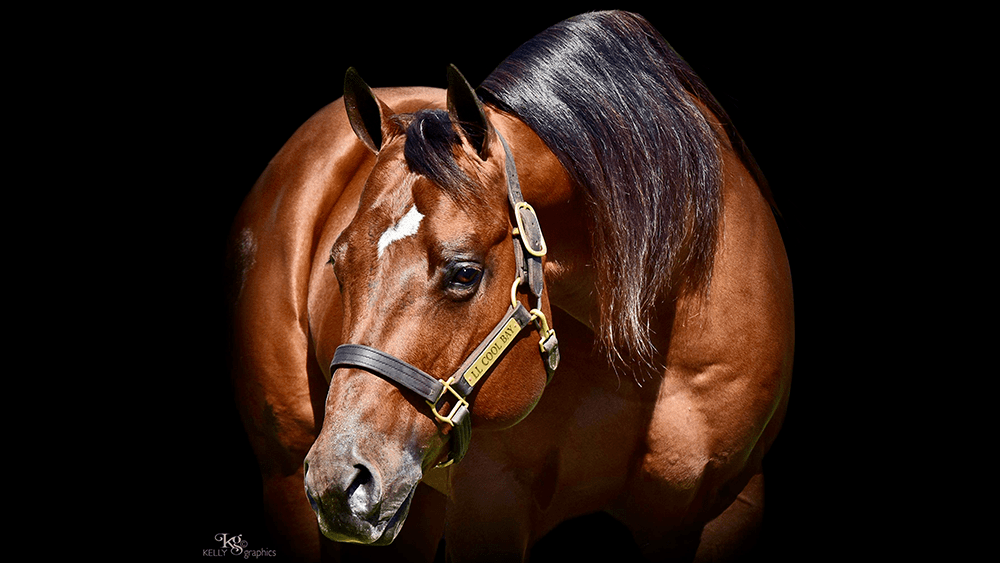 Is your colt easy to be around and train?
Is your colt easy to be around and train?
Dean believes that a colt’s temperament is also a “threshold consideration.” Indeed, “A 10 plus mover with a bad mind is probably not going to make a top show horse with any consistency, whether or not he remains intact. But, on the other hand, if his issue is testosterone-driven, he’d probably be a better gelding who can go on to make a top show horse.”
Oftentimes, top-notch geldings are in high demand and will sell for a higher amount than a decent stallion prospect. Just because he is well-bred and a great mover is not enough for Dean to support him as a young stallion candidate.
According to Gumz, “Temperament and disposition are key to any stallion’s success. In addition, they have to be trainable and manageable, or all the talent and pedigree are a waste. In today’s industry, trainability is key and, if you are fighting a difficult attitude, then success is often eluded.”
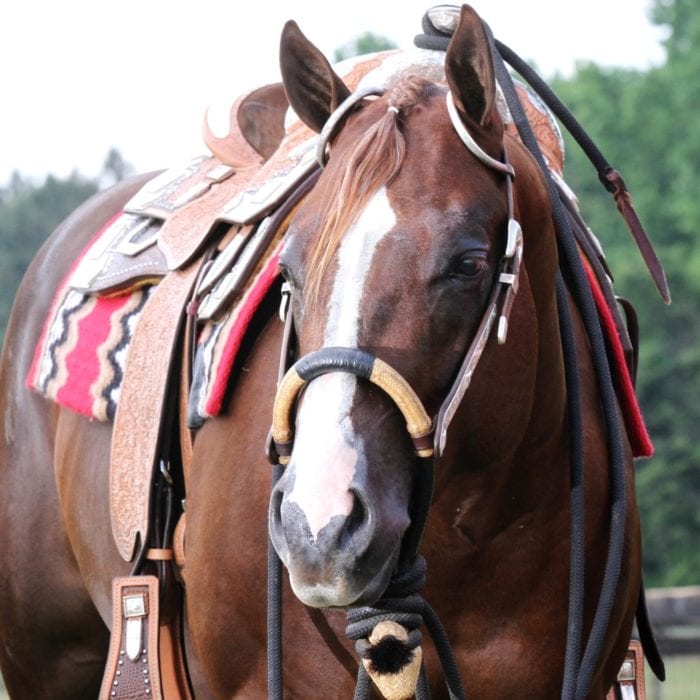
Masterson says, “To be ultimately successful as a breeding horse, the stallion needs to have the ability to have a successful show record. It’s hard to accomplish that with a truly rank stallion. Additionally, if the stallion’s offspring are unmanageable, his breeding career won’t last long.”
Trubee prefers only to consider keeping a horse intact that is a “timid colt.” This is since the more “alpha colts tend always to want to be in charge, which sets them up to be difficult to train and manage as they age.” So, instead, she looks for the colt that “stays in the back of the group and doesn’t want any trouble.” If they are difficult to manage as a rambunctious foal, they will be near-impossible as a physically developed stallion.
Stay tuned for Part 2 of this two-part series, which will discuss the importance of conformation, financial commitment, the market, and the “wow factor” when choosing a stallion to promote.








